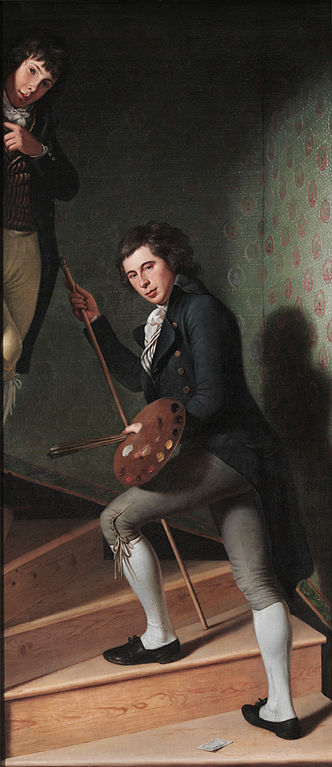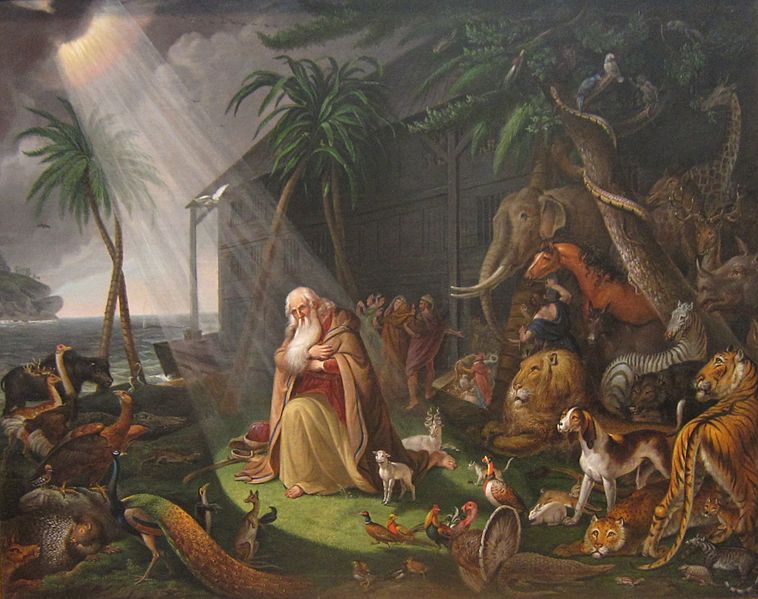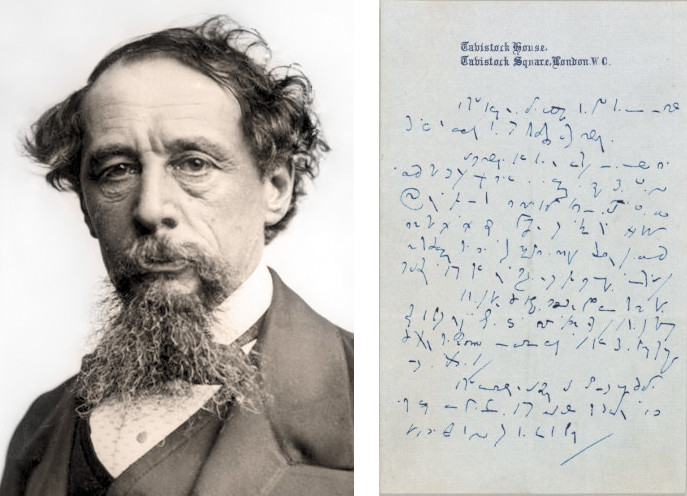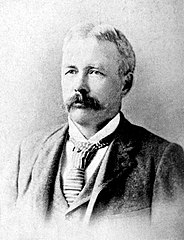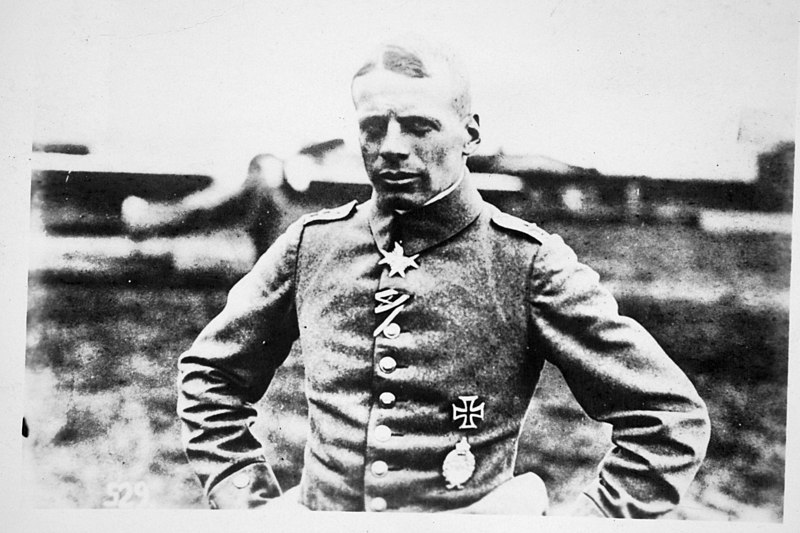
Principles of aerial combat devised by World War I German flying ace Oswald Boelcke, the “father of air fighting tactics”:
- Try to secure advantages before attacking. If possible, keep the sun behind you.
- Always carry through an attack when you have started it.
- Fire only at close range and only when your opponent is properly in your sights.
- Always keep your eyes on your opponent, and never let yourself be deceived by ruses.
- In any form of attack it is essential to assail your opponent from behind.
- If your opponent dives on you, do not try to avoid his onslaught, but fly to meet it.
- When over the enemy’s lines, never forget your own line of retreat.
- For the Staffel [fighter squadrons]: Attack on principle in groups of four or six. When the fight breaks up into a series of single combats, take care that several do not go for one opponent.
“He certainly didn’t love war and he personally disliked killing,” writes Dan Hampton in Lords of the Sky, his history of fighter pilots and air combat. “It was not a sport to him, as it was with others, nor was it a game. It was something he had to do, so he did it well.” When he died in a crash, his British enemies dropped a wreath behind German lines with the message “To the memory of Captain Boelcke, our brave and chivalrous opponent. From the English Royal Flying Corps.” French, Italian, and British pilots sent wreaths and messages from prisoner-of-war camps, and Manfred von Richthofen said of his mentor, “I am only a fighting airman, but Boelcke was a hero.”

